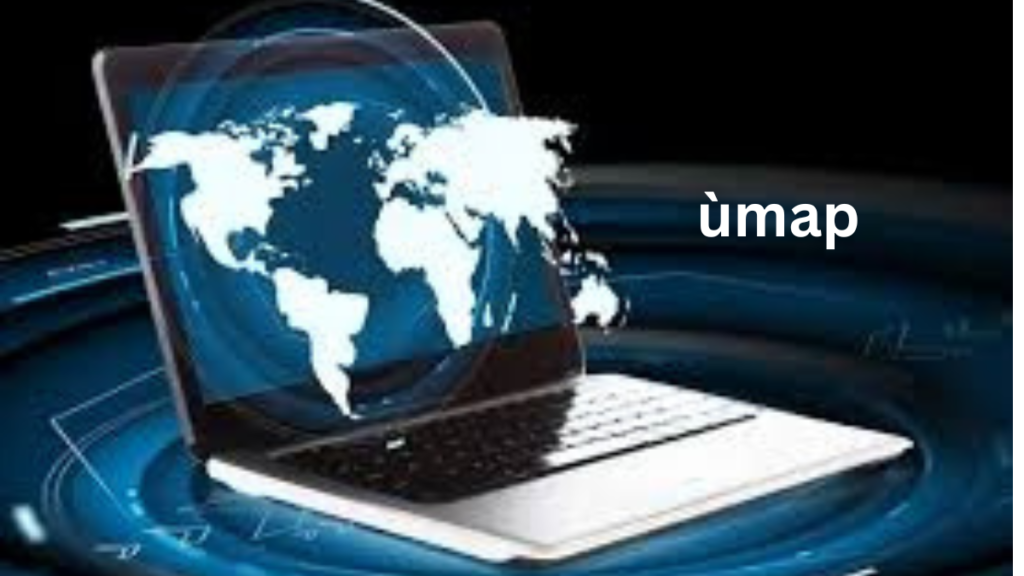The term “ùmap” holds a significant place in today’s digital landscape. From navigation systems to data visualization tools, the concept of Has revolutionized the way we interact with geographical information. Let’s delve deeper into the myriad applications and benefits of technology.
Understanding the Essence of ùmap
At its core, ùmap refers to the representation of geographical data in a visual format. It encompasses various elements such as points, lines, polygons, and raster images, all plotted on a spatially referenced coordinate system. This enables users to interpret and analyze geographic information more effectively.
The beauty of ùmap lies in its versatility. Whether you’re a cartographer, urban planner, or business owner, Offers a wealth of possibilities for spatial analysis, decision-making, and communication.
The Evolution of ùmap Technology
Over the years, ùmap technology has undergone remarkable advancements, thanks to innovations in GIS (Geographic Information Systems), remote sensing, and computer graphics. From traditional paper maps to dynamic, interactive digital maps, the evolution of ùmap technology has been nothing short of extraordinary.
Today, we have access to a wide range of mapping tools and platforms, each tailored to specific needs and applications. Whether you’re exploring terrain features with Google Maps or visualizing demographic data with ArcGIS, the possibilities are endless.
Practical Applications of ùmap
The applications of ùmap technology span across various industries and domains. Let’s explore some of the most prominent use cases:
- Urban Planning: Urban planners rely on ùmap technology to analyze land use patterns, identify infrastructure needs, and visualize proposed development projects.
- Emergency Response: During natural disasters or humanitarian crises, ùmap technology plays a crucial role in coordinating rescue efforts, assessing damage, and allocating resources efficiently.
- Environmental Management: Environmental scientists use ùmap technology to monitor ecosystem health, track wildlife movements, and identify areas of conservation priority.
- Business Intelligence: Businesses leverage ùmap technology for market analysis, site selection, and logistics optimization, gaining valuable insights into customer behavior and market trends.
Harnessing the Power of Spatial Analysis
One of the key strengths of ùmap technology lies in its ability to perform spatial analysis. By overlaying multiple layers of geographic data, analysts can uncover hidden patterns, relationships, and trends that may not be apparent from individual datasets alone.
Whether it’s identifying hotspots of crime activity, emerging delivery routes, or assessing the impact of urban sprawl on natural habitats, spatial analysis enables decision-makers to make informed choices and solve complex problems more effectively.
Subheading: Addressing Common Challenges
While ùmap technology offers a plethora of benefits, it’s not without its challenges. Some common issues include data accuracy, interoperability, and privacy concerns. However, with ongoing advancements in data collection methods, standardization efforts, and privacy protocols, these challenges are gradually being addressed.
Conclusion
In conclusion, ùmap technology has transformed the way we perceive and interact with geographic information. From its humble origins to its current state of ubiquity, continues to empower individuals and organizations worldwide. As we navigate the digital landscape of the future, let’s embrace the power of to innovate, collaborate, and explore new horizons.
FAQs (Frequently Asked Questions)
Q: How can I create my own custom maps? To create custom maps, you can use online mapping platforms like Google Maps or dedicated GIS software such as QGIS or ArcGIS. These tools provide intuitive interfaces and powerful features for designing and publishing your own maps.
Q: Is ùmap technology accessible to everyone? Yes, ùmap technology is widely accessible, with many free and open-source mapping tools available online. Whether you’re a student, researcher, or business professional, you can leverage technology to visualize and analyze geographic data.
Q: Can I integrate ùmap into my website or mobile app? Absolutely! Many mapping APIs (Application Programming Interfaces) are available, allowing developers to integrate ùmap functionality into their websites and mobile apps seamlessly. Popular options include Google Maps API, Mapbox API, and Leaflet.js.
Q: How accurate are ùmap data sources? The accuracy of data sources can vary depending on factors such as data collection methods, resolution, and update frequency. While some datasets may be highly precise, others may have inherent limitations or inaccuracies. It’s essential to verify the quality and reliability of data sources before making decisions based on .
Q: What are some emerging trends in ùmap technology? Emerging trends in technology include the rise of 3D mapping, augmented reality (AR) navigation, and the integration of real-time sensor data for dynamic mapping applications. These innovations promise to enhance the usability and functionality of technology in various domains.
Q: How can businesses leverage ùmaap technology for marketing purposes? Businesses can use ùmaap technology to visualize customer demographics, identify target markets, and optimize advertising strategies based on geographic insights. By integrating functionality into their websites or mobile apps, businesses can enhance the user experience and drive engagement.

